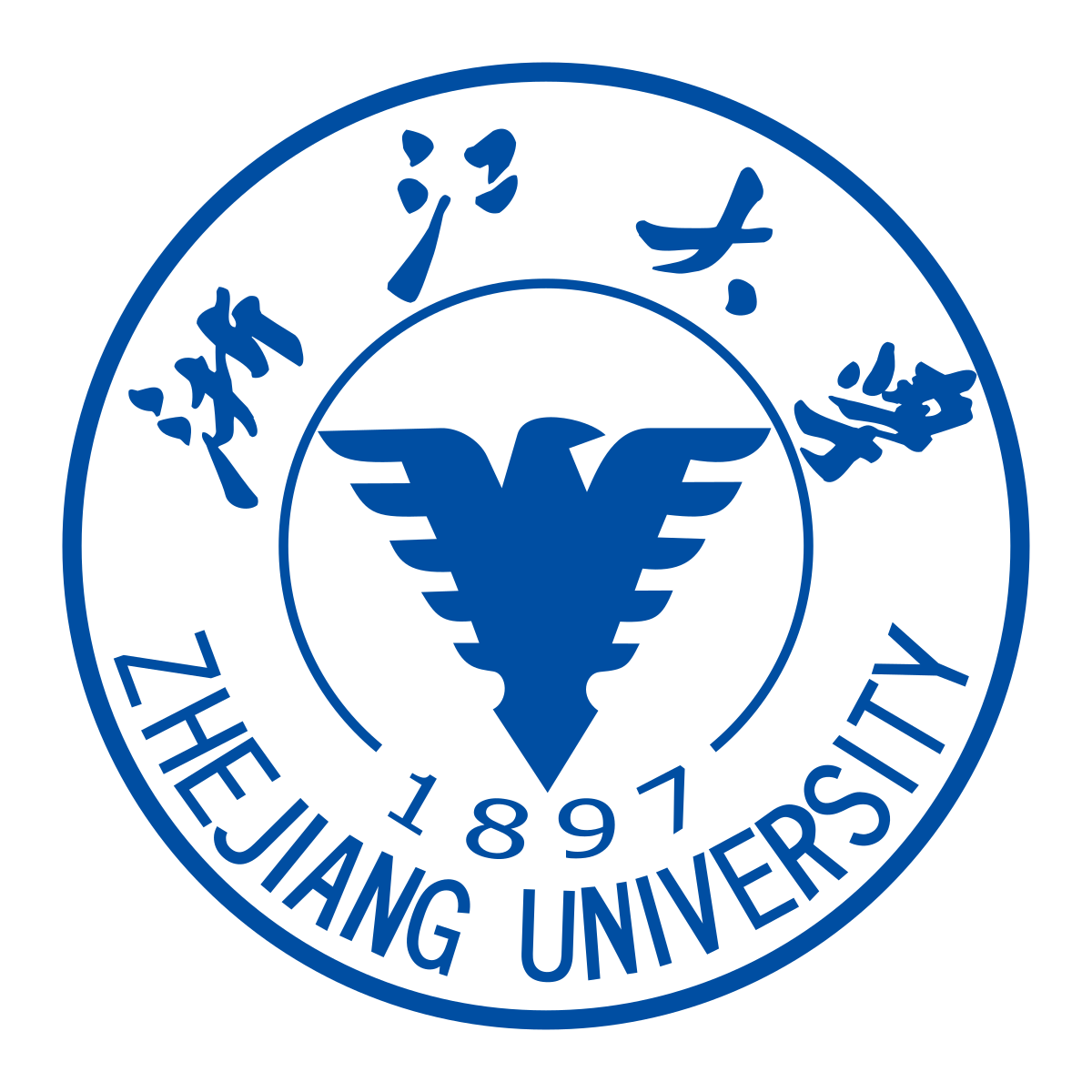Zhejiang University: A “masterpiece” created with craftsmanship in 17 years at ZJU
A simple cultural ideal
Hangzhou was the ancient capital of the Southern Song Dynasty about 1,000 years ago. Painters in the Song Dynasty were adept at displaying the value of life through mountains, rivers, figures, flowers and birds, and Song Dynasty paintings were the zenith of the painting art in China and even the whole world at that time. However, there are two major challenges in promoting Song Dynasty paintings. First, many paintings are scattered overseas with the passage of time. Second, these paintings are “hard to store and use”. Ultraviolet light and microorganisms can produce irrevocable effects on ancient paintings. Each scroll needs to stay dormant for three years every time after it is unrolled.
In 2005, a bold idea was born among a group of ZJUers because of a simple cultural ideal. To expose more people to authentic Song Dynasty paintings, they made every endeavor to publish those paintings scattered all over the world with high-precision digital image technology.
At that time, Zhejiang University and the Cultural Heritage Bureau of Zhejiang Province submitted the proposal of compiling and publishing A Collection of Song Dynasty Paintings to Xi Jinping, then Party secretary of Zhejiang Province, who offered his generous support right away.
A 17-year cultural journey
There are currently over 1,200 Song Dynasty paintings, many of which are national treasures. It is far from an easy task to photograph authentic paintings with high precision and photocopy them into a book. “When I participated in the compilation of A Collection of Song Dynasty Paintings, I thought it was a pipe dream,” said JIN Xiaoming, deputy director of the Ancient Chinese Painting and Calligraphy Research Center, Zhejiang University.
In 2005, the team embarked on their cultural journey. Since then, they have visited more than 260 cultural institutions and museums around the world, with hundreds of kilograms of equipment on their back. They have experienced earthquakes and typhoons. One of the most memorable was their three trips to the Kurokawa Institute of Ancient Cultures in Japan, just to photograph the treasure of the museum—Wintry Groves and Layered Banks by DONG Yuan during the Five Dynasties and Ten Kingdoms Period (907 A.D.-960 A.D.).
The ZJU team was photographing in the Kurokawa Institute of Ancient Cultures.
In 2006, they paid their first visit to the Kurokawa Institute of Ancient Cultures. Their working group carried more than 100 kilograms of equipment to the Institute in the mountain. However, the 3-hour negotiation ended up in vain. The editorial committee didn’t quit, and after returning to Hangzhou, they wrote a letter to express their sincere intention. In the end, the Institution allowed them to take one overall photo of the work. In 2007, they paid their second visit. The working group took a full 8×10-inch negative and requested that a partial image be photographed. In July 2008, they paid their third visit and took all the required negatives.
Twists and turns like this were not uncommon, but the team had a strong sense of commitment in promoting traditional Chinese culture. “The publication of A Collection of Song Dynasty Paintings is not only a catalyst for the development of the art discipline at Zhejiang University but also a vehicle for the promotion of art in the globe,” said director of the team.
In September 2010, the team completed the basic compilation of A Collection of Song Dynasty Paintings, which included most of the surviving Song Dynasty paintings. Many scholars believe that it has been the most complete and authoritative collection of Song Dynasty paintings to date.
Keeping quality craftsmanship as core values
The publication of A Collection of Song Dynasty Paintings couldn’t have been more inspiring, which gave birth to the idea of publishing The Series of Ancient Chinese Paintings. No single country has ever published a book about the painting art of such magnitude by sorting out its own surviving paintings comprehensively and systematically and photographing them with the state-of-the-art technology.
An exhibition of the Series of Ancient Chinese Paintings was staged at ZJU in 2021.
Every step, ranging from photographing, grading to printing and binding, should be meticulously taken. Take photography for example. More often than not, photographers had merely one chance to take photos due to the fact that cultural relics were pretty special. “In the fleeting several seconds, my brain was racing fast. I had to consider a variety of technical parameters,” said ZHANG Yilin, one of the photographers, “No error was allowed in our work.”
Apparently, there were differences among the physical object in the naked eyes, the photographed image, the image captured on the computer screen and the printed image. It called for appreciable experience in controlling ink colors and shades. “Virtually every page has been tuned at least 20 times,” LI Jieyi, art director of Zhejiang University Press, “Paper in the Song Dynasty was not bleached and it was generally light gray. This added to the difficulty of printing. As long as the proportion of dots was slightly off the mark, the color would change.”
It is the craftsmanship of each member that has brought masterpieces back to life. Ultimately, more than 240 books about ancient Chinese paintings have been published. If they were stacked up, it would be as high as nearly four stories. XIAO Yanyi, former vice curator of the Palace Museum, referred to this series in terms of high praise, lauding it as stunningly impressive.

